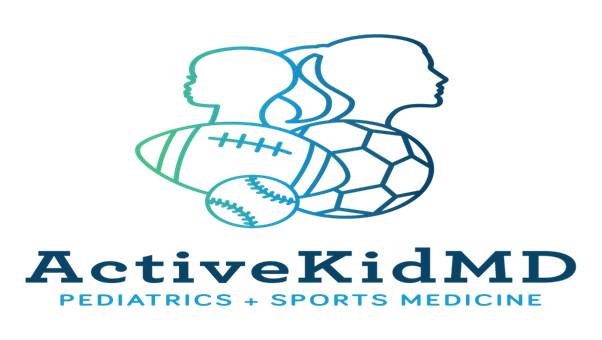Some injuries are rather dramatic such as the athlete who is knocked out or a player who suffers a broken leg.
However, most injuries are not so obvious, so here are some particular signs of concern:
- Any limp or limited use of an arm or leg
- Any change in technique to protect an injured area
- Obvious swelling or bleeding
- Dramatic fall-off in performance (running speed, usual aggressiveness)
- Discomfort that is greater than usual post-activity soreness or lasts more than 1-2 hours after a game or practice
- Pain greater than 2-3/10 on the 1-10 athlete self-reported pain grading scale (1= no pain, 10=major pain)
What should I do if my child gets hurt?
While nobody expects a parent or athlete to diagnose or treat injuries, some basic first aid and a bit of common sense can be of help.
- In any injury situation, if there are any doubts about the severity of the injury, do not try to move the athlete.
- Try to remain calm and dial 911 to activate the emergency response system.
- No one should ever fault you for holding up the activity and calling for trained medical help.
For most bone and joint injuries, use a bit of R.I.C.E.
- R= Rest- Remove the player from activity and evaluate the injury to the best of your ability.
- Rest may also include using crutches, splint, or sling to protect the injured area.
- The athlete should not return to activity until they have no lasting complications from the injury. Any doubts, get a qualified evaluation.
- Realize that prolonged immobilization or crutch use can actually complicate an injury, thus expert evaluation is key.
- I= Ice-In the first 48 hours after injury, cold (ice, cold packs) can reduce pain and swelling.
- If used, cold should be applied for 20 minute intervals every 1-2 hours in those first few days.
- Some athletes do not have reduced pain or swelling with ice or cold packs, so decision to use ice/cold is more of an individualized decision
- C= Compression- Ace wraps or other large bandages applied firmly (but not too tightly) around the injury site can also help reduce swelling and pain.
- E= Elevation- Keep the injured body part above the level of the heart to reduce swelling.
- This may require propping a leg on pillows when the player is seated or even using those pillows under the leg for sleep.
When should I go to the Emergency Room or call you right away versus waiting to see you in the next few days?
Injuries that deserve immediate evaluation within 2-4 hours:
- Obvious bone deformities, bone fractures with open skin
- Joints which have large swelling within 1-2 hours after injury
- Inability to walk on an injured ankle or knee (definition of walking= more than four steps)
- Little or no use of a joint
- Immense pain
- Any symptoms of a head injury (see head injury section)
- Any injury which causes great concern for the athlete or parent
Always feel free to call for advice or to schedule an evaluation.
Whether or not you seek care in the Emergency Room, call for an appointment within a few days of the injury so we can develop an appropriate treatment plan.
Often pain and swelling limit the initial physical examination, so I will likely get a better idea if 2-3 days have passed since the injury.
Further diagnostic tests may be needed to better evaluate the injury and give a more accurate diagnosis.
The post-injury rehabilitation plan developed by a sports medicine physician might be the most important difference between a safe and efficient return to play or prolonged disability and recurrent injury.
In most cases, there are particular exercises or alternate activities that can be done to aid the healing process.
I may recommend working with physical therapists or athletic trainers (specialists in rehabilitating and strengthening athletes), while special braces/supports and medications may also be needed.
Regular follow-up visits are often scheduled to determine when an athlete can safely advance in the rehabilitation program.
